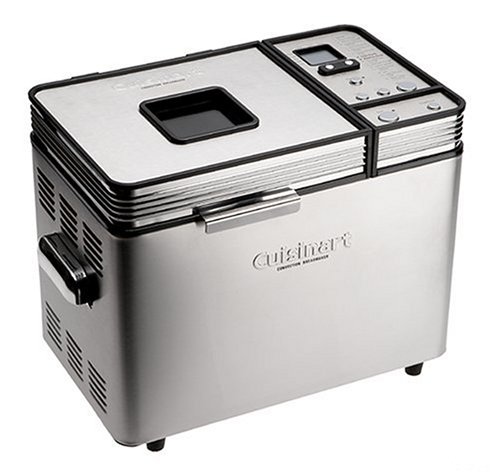What is the difference between Japanese Knives and western knives?
Luckily, both lines possess world class style and functionality. They are made by following age-old methods combined with modern techniques. We probably will never know which is better except by going into the details of their main distinction - the blade. While one good component of a knife is steel, just the steel alone is not enough. You have to consider the making process, tradition and general trends to be able to define a knife's cutting edge and ability.
The Steel
Generally, Japanese knives use harder steel than their western counterpart. They are unbelievably lightweight with a good geometry and a nice balance. These knives carry a very acute edge that marks the strength and edge-holding feature close to the range of very high-end knives, 62-64HRC. They are sharper and easier to re-sharpen and known with almost no downside. Since Japanese knives have thinner edges, they do far better as cutters.
For a comparison, western knives are made of softer steel which typically clocks in at 54-56HRC, a lower hardness on Rockwell scale. This makes western knives much robust and heavier with thicker edges that can endure repeated and extensive use. However, although lower hardness can also mean easier sharpening, 56HRC edge easily dents than 64HRC will chip. In addition the dents and rolls in the blade can dull edge all the more with continued usage. Top end models go further at 67HRC.
Sharpening Edge
The average edge of a western knife is sharpened in the order of 40 to 50 degrees, while Japanese knives are sharpened on a much thinner angle from about 30 degrees or less, making the angles of the blade exceptionally sharp. Some Japanese blades can be sharpened between 6 to 8 degrees making the angles of the blade even thinner than your regular straight razor.
Design
The blend of both world traditions has emerged wonderfully designed and more functional kitchen knives. Traditional Japanese styles have single-edged blades with rounded handles and no grip marks, limiting the knives to specific cutting tasks, but now we can see western-style Japanese knives in western-style grips and double-edged blades. We already see ergonomically sharper and stronger knives versatile enough to handle different cutting needs than the plain traditional Japanese or western Knives.
Price
Price wise, I think it's a mistaken belief that Japanese knives are very expensive. If you investigate prices on standard pieces from European, Western and Asian makers, traditional Japanese knives use harder steel and usually have the wider range of specifically-designed knives bringing the notion that they often look better and are very costly. Since different knives come from different approach in style, function and performance, it is only constant that price also comes with the over-all nature of the knives.
 |
Price : $184.88
|
Price : $184.88


